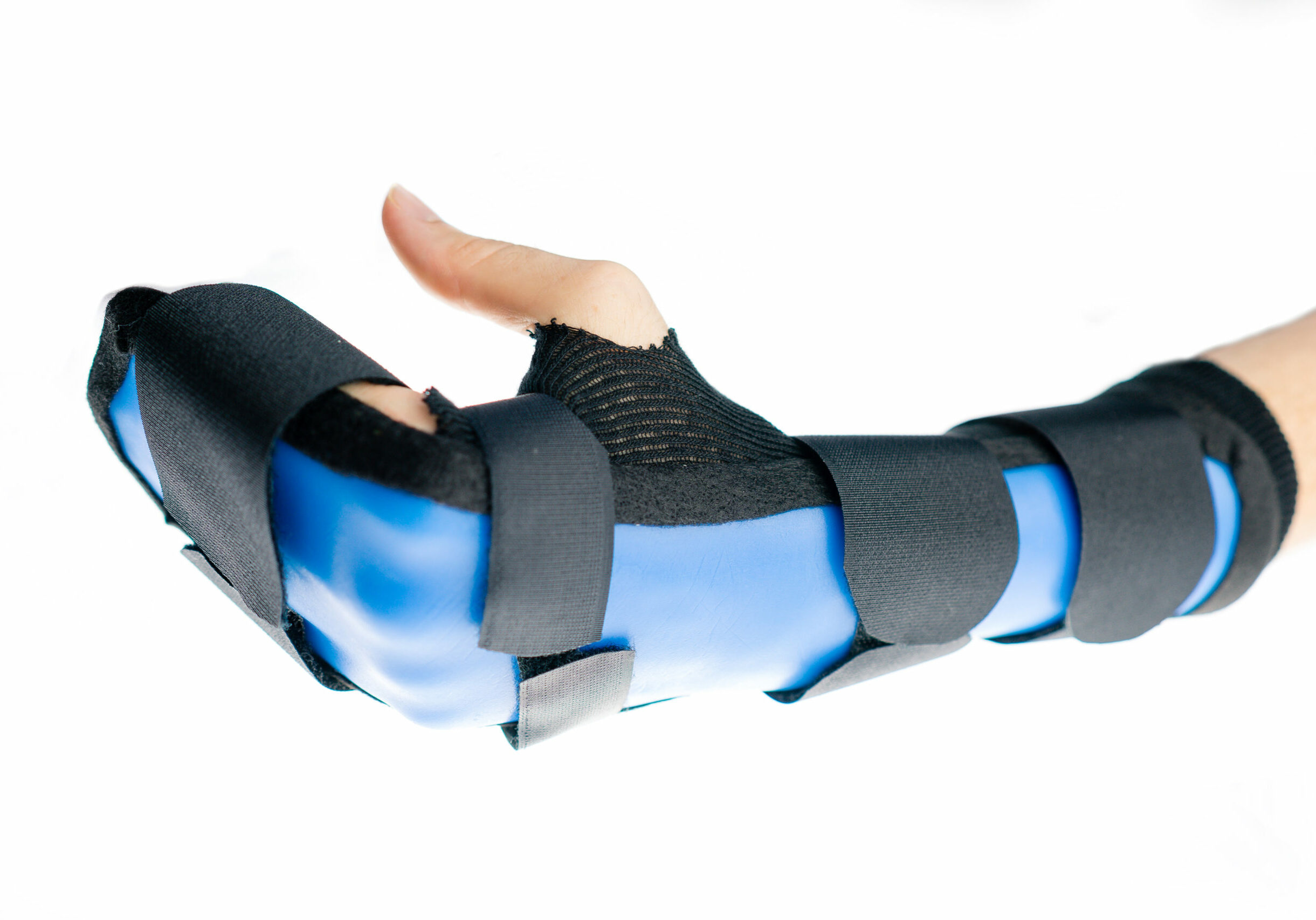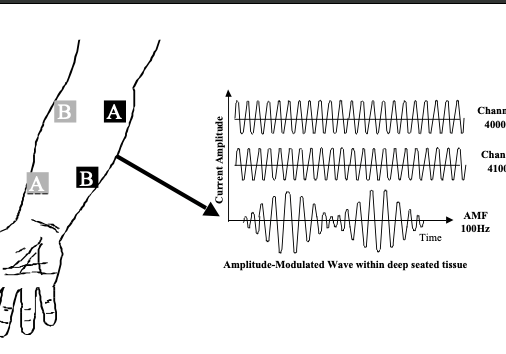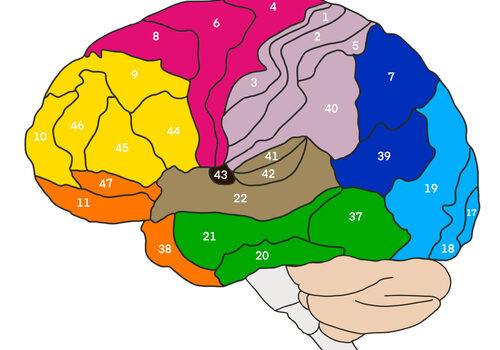Written by Melissa Miller
Introduction
After injury or surgery, nerves in the skin and surrounding the injured area can become overly sensitive. This can cause pain or an unpleasant sensation by stimuli that would not typically cause discomfort. For example, a light touch from a shirt or a certain material can feel like needles to hypersensitive skin. In the hand therapy setting, patients present with injuries to the upper extremity, causing hypersensitivity to crucial areas, such as parts of their hands, fingers, and forearms. When a patient is experiencing hypersensitivity in their upper extremity, it severely limits their ability to complete functional tasks such as dressing, cooking, and manipulating objects.
Desensitization
Desensitization (desensitization techniques for hypersensitivity) is a method in which you are constantly applying stimuli to the affected area of skin, providing the brain with extensive sensory input. [1] Over time the brain acclimates to that sensation, decreasing the uncomfortable, painful sensation that was perceived. [1] There are different methods in how you can desensitize the skin. One common method is using a sensory desensitization occupational therapy kit. Sensory kits can provide different stimuli depending on what type of stimuli the individual is sensitive to. A sensory kit can have different fabrics and textures; it can provide deep or lighter pressure, vibration, and even heat and cold. By providing a patient with a sensory kit, it enables them to desensitize the skin. Hence, they can do the activities and tasks they need to do throughout the day without pain or unpleasant sensation on the skin.
Our Sensory Kit!
We have provided sensory kits to many of our patients who have experienced hypersensitivity after an injury. Our sensory kit typically includes five materials that provide graded tactile stimuli. Our sensory kits are built from strapping and material that are used in the clinic. Here is our sensory kit!
Sensory Kit Material: graded from least intense tactile input (1), to greatest intensity of tactile input (5).
1. Soft/fuzzy Material- light and soft touch to begin desensitization
2. Soft strap – thicker then first material providing greater sensory input, but still soft
3. Velcro Strap – fuzzy and more wiry fabric for greater sensory input
4. Ace bandage – rougher fabric providing more intense sensory input
5. Foam Material – rough material for greatest intensity of sensory input
There are many methods to put together a sensory kit. What does your sensory kit look like?
Resources
[1] rsds (2020). Complex regional pain syndrome (CRPS) treatment: Desensitization. Retrieved from https://rsds.org/complex-regional-pain-syndrome-crps-treatment-desensitization/
2 Comments
Leave a Comment
More To Read
Factors that influence orthosis adherence in patients with acute traumatic tendon injuries to the hand
Savaş, S., & Aydoğan, Ç. (2020). Factors affecting orthosis adherence after acute traumatic hand tendon repairs: A prospective cohort study. Journal of Hand Therapy, S0894113020301848. https://doi.org/10.1016/j.jht.2020.10.005 World Health Organization. (2003). Adherence to long-term therapies: evidence for action. World Health Organization. The Skinny Adherence to orthosis wear is vital for protecting healing tendons after a traumatic tendon…
Read MoreIFC vs TENS: Electrical Stimulation for Pain and Swelling
In this article we’re looking at the difference between Inferential Current versus Transcutaneous Electric Nerve Stimulation (IFC vs TENS). Transcutaneous Electric Nerve Stimulation (TENS) TENS variations are often described by their technical characteristics: high frequency, low intensity (conventional TENS) or low frequency, high intensity (acupuncture-like TENS, AL-TENS) (Walsh et al., 2009). How TENS Addresses Pain:…
Read MoreMirror therapy after a peripheral nerve repair in hand therapy
Rapid Review Paula, M. H., Barbosa, R. I., Marcolino, A. M., Elui, V. M., Rosén, B., & Fonseca, M. C. (2016). Early sensory re-education of the hand after a peripheral nerve repair based on mirror therapy: a randomized controlled trial. Brazilian journal of physical therapy, 20(1), 58–65. https://doi.org/10.1590/bjpt-rbf.2014.0130 The Skinny: Therapy is often provided following an…
Read MoreSign-up to Get Updates Straight to Your Inbox!
Sign up with us and we will send you regular blog posts on everything hand therapy, notices every time we upload new videos and tutorials, along with handout, protocols, and other useful information.






Great ideas for desensitization! Easily made for our clients.
Thank you for sharing.
Awesome, easy, practical suggestions! Thank you!